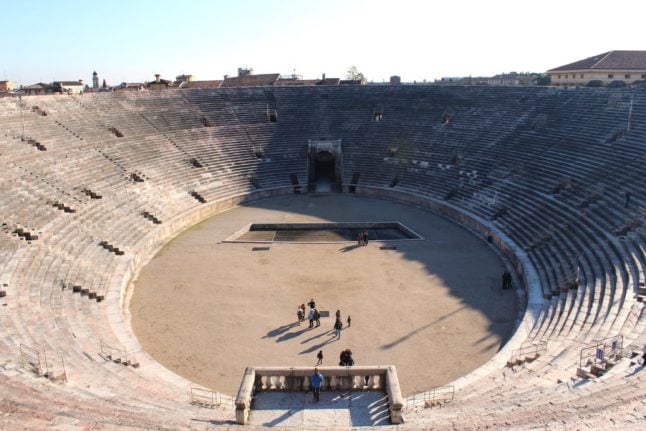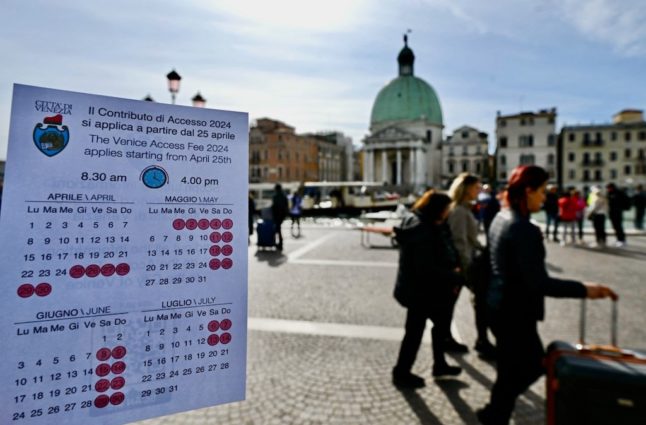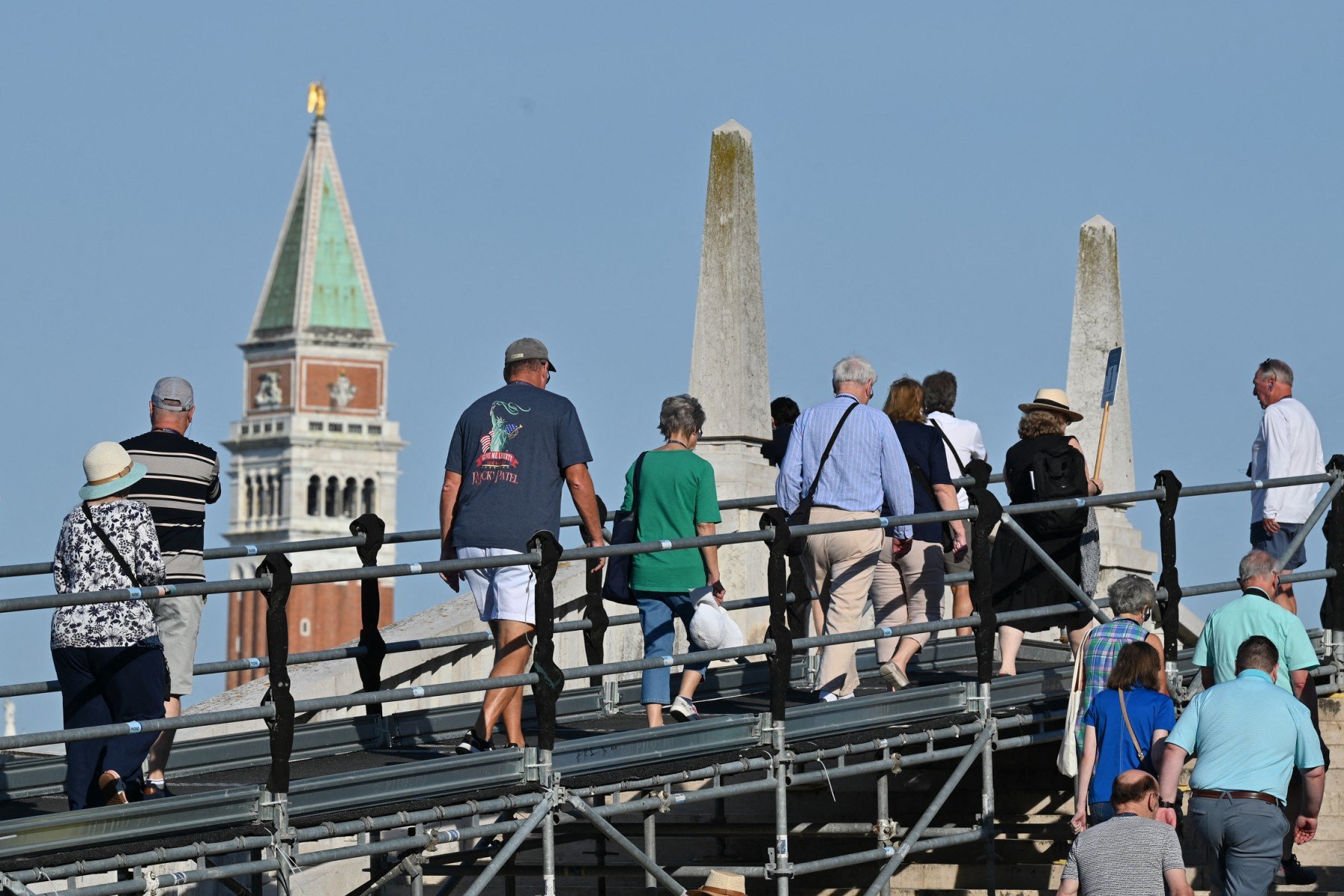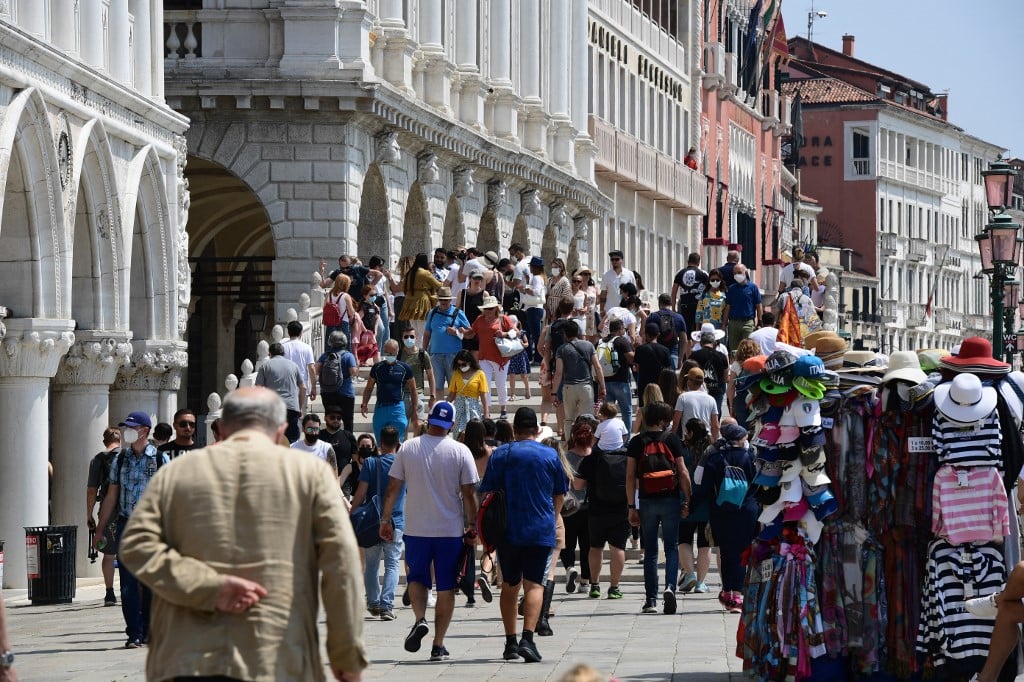The accident happened in the late morning of Monday, January 24th but was only revealed to national media late in the evening.
Verona’s Archaeology and Fine Arts Superintendent, Vincenzo Tinè, told Ansa that the steel comet fell to the ground as it was being lifted out of the amphitheatre.
The structure – 82 metres in length and weighing around 78 tons – reportedly defaced a section of the arena’s stands, with Tinè describing the damage to the venue as “irreversible” earlier on Tuesday.
Local police sealed off the area immediately after the accident, and prosecutor Alberto Sergi was reportedly set to launch an official inquiry into the collapse.
Repair works were expected to take weeks, and it wasn’t known how long the arena would remain closed to the public.
Well-known figures from Italy’s art world commented on the accident, with controversial art critic Vittorio Sgarbi saying the steel comet, which has been used as part of the building’s Christmas decorations since 1984, should “never be let into the arena again”.
A Roman amphitheatre dating back to around 30 AD, the Verona Arena is widely regarded as one of the best-preserved ancient buildings of its kind.
To this day, the building is used as a venue for some of the most important large-scale opera performances in the world.





 Please whitelist us to continue reading.
Please whitelist us to continue reading.
That photo is of a Roman arena — but nothing like the famous Arena di Verona!!